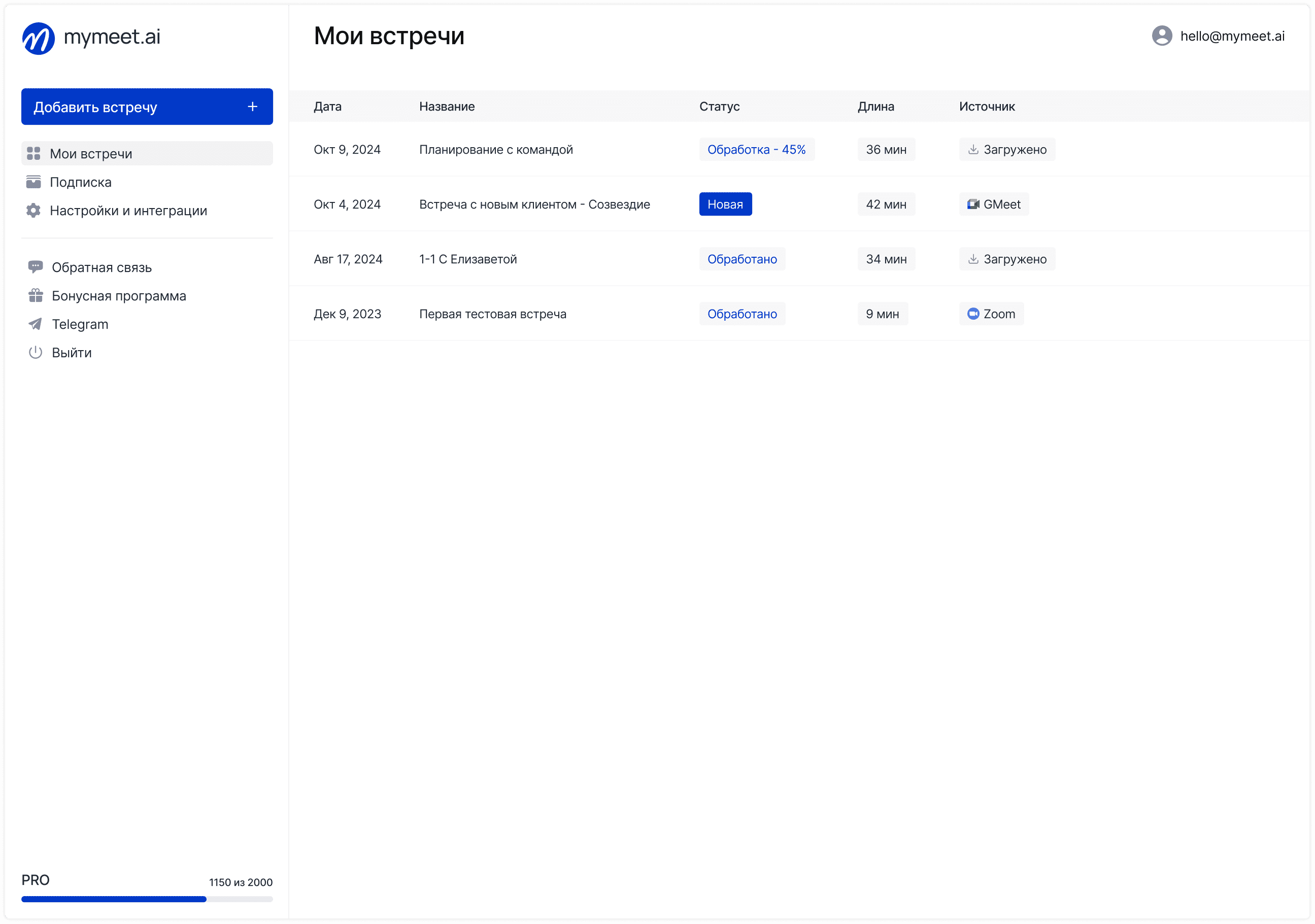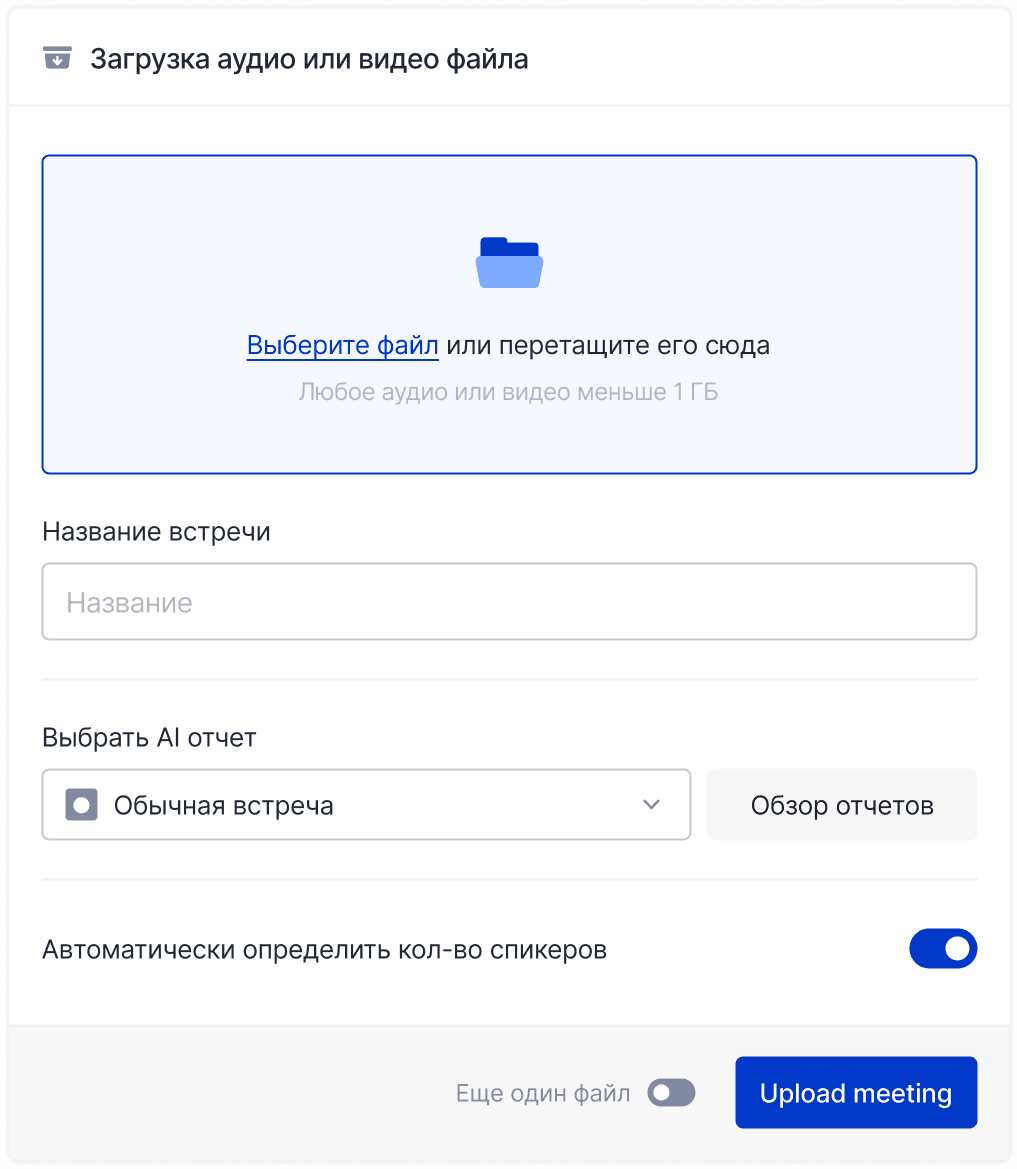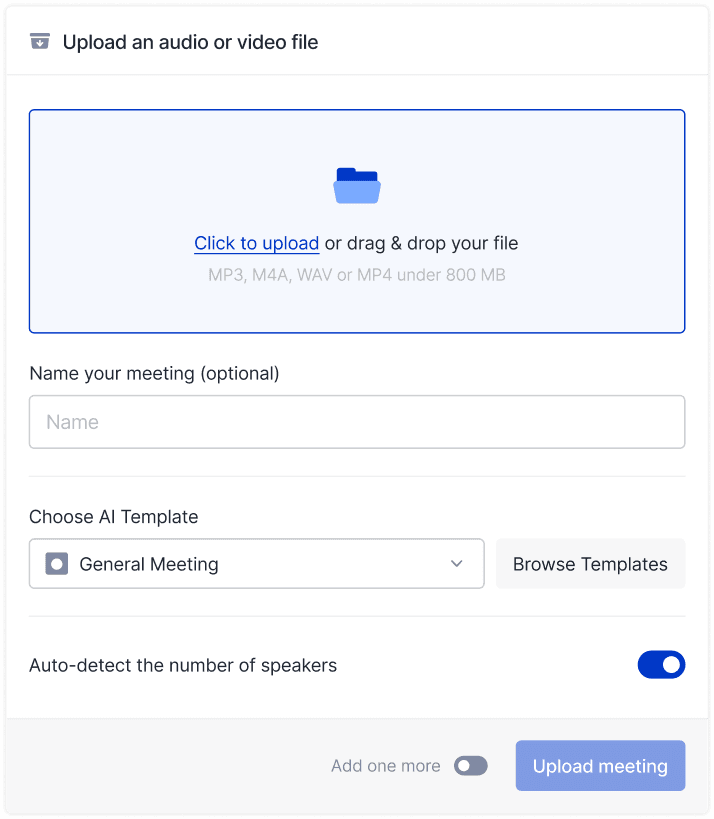Sales Mastery

Radzivon Alkhovik
Apr 8, 2025
In my 15 years of business consulting experience, I've observed how one simple technique regularly transforms problematic negotiations into productive dialogues. This tool—reflective listening—is incredibly effective, yet surprisingly undervalued in the business world.
"Last year we were at an impasse with a client during contract renewal negotiations. After applying reflective listening techniques, we not only retained the client but increased the scope of collaboration by 40%," a sales director from a major IT company recently told me.
And this isn't an isolated case. Research conducted by Harvard Business Review found that companies with high listening skill levels among managers demonstrate 23% higher profitability compared to competitors. According to LinkedIn data, effective listening ranks among the top five most in-demand soft skills among employers.
Let's explore what reflective listening is, how it works in a business context, and why this skill can become your competitive advantage.
Fundamentals of Reflective Listening: Definition and Concept
Reflective listening is a communication technique where the listener reflects back to the speaker the meaning and emotional subtext of their message. Unlike ordinary listening, you actively demonstrate your understanding by paraphrasing what you've heard and checking the accuracy of your perception.
This method is often compared to playing tennis: the speaker "serves the ball" (expresses a thought), and you don't just catch it but return it in the form of: "If I understand correctly, you believe that..."
The concept of reflective listening was formulated in the mid-20th century and was initially applied in psychotherapy. However, business quickly adapted this technique for negotiations, team management, and customer relations. Today, it's an integral element in the arsenal of successful managers, salespeople, and leaders.
Key elements of reflective listening in a business context:
Complete attention to the speaker without preparing a response in your mind
Noting both factual information and emotional messages
Paraphrasing what you've heard in your own words
Confirming understanding of the speaker's interests and needs
Refraining from premature evaluation and advice
Asking clarifying questions to elucidate details
"After implementing reflective listening training for our customer service managers, the satisfaction index increased by 18% in one quarter," shared the customer service director of an international company.
Various Types of Reflective Listening
In business communication, four main types of reflective listening are used, each with its own purpose.
Content Reflection (Paraphrasing)

This is a basic technique where you repeat the speaker's main idea in your own words:
Client: "We're not satisfied with the implementation timeline for your solution. Three months is too long for us."
You: "If I understand correctly, the three-month timeframe creates difficulties for you, and you need a faster implementation."
Paraphrasing helps ensure that you've accurately understood the informational part of the message and demonstrates to the speaker that you're truly listening.
Reflecting Feelings

Here you focus on the emotional component of the statement:
Employee: "I'm redoing this report for the third time, and each time the criteria change. It's driving me crazy!"
You: "It sounds like you're upset and frustrated by the constantly changing report requirements."
In business, the emotional component of communication is often underestimated, although research shows that acknowledging the speaker's feelings increases trust and contributes to constructive problem-solving.
Summarizing

This type is applied to summarize a lengthy discussion or series of meetings:
You: "Let's summarize our discussion. In the last hour, we've identified three main causes for the sales decline: changing market conditions, increased competitor activity, and deficiencies in our loyalty program. You're particularly concerned about the last factor and consider it our priority."
Summarizing helps structure information, highlight key points, and move on to next steps.
Clarification

This technique involves asking open-ended questions to deepen understanding:
Partner: "We want a more flexible payment system."
You: "Help me better understand what exactly you mean by flexibility? Which aspects of the current system cause the most difficulties?"
Clarification is especially useful when discussing complex issues where details are crucial.
Benefits of Mastering Reflective Listening Skills
Regular application of reflective listening in a business context yields tangible results:
Improved customer relationships. A B2B services client of mine implemented reflective listening as a standard for customer relationship managers. Within a year, the customer retention rate increased from 76% to 89%.
Enhanced negotiation effectiveness. An international study conducted among 5,000+ business negotiators showed that those who systematically used reflective listening techniques closed 31% more deals compared to the control group.
Reduced team conflicts. According to Gallup, teams whose leaders practice reflective listening demonstrate 27% fewer destructive conflicts.
Better quality decisions. When all parties feel heard, they're more willing to share information, leading to more balanced decisions based on complete data.
Time and resource savings. Paradoxically, by spending more time at the initial stage of communication, you save it in the long run by avoiding misunderstandings and repeated discussions.
Applying Reflective Listening in Various Business Areas
In Customer Service and Sales
Reflective listening techniques transform standard sales into consultative ones. Instead of pushing a product, you truly understand the customer's needs.
"After we trained our salespeople in reflective listening, the average check increased by 23%. It turned out that customers often came for one product, but their problem actually required a comprehensive solution. Previously, our salespeople missed this," said a retail network director.
In Team Management
Leaders skilled in reflective listening create an atmosphere of psychological safety where employees are more willing to share ideas, problems, and concerns.
"When I started practicing reflective listening at weekly team meetings, the number of employee initiatives tripled," shared the CTO of a technology startup.
In Negotiations and Conflict Resolution
Reflective listening helps identify the true interests of parties hidden behind stated positions, opening the way to mutually beneficial solutions.
"In our corporate mediation practice, more than 70% of cases are successfully resolved when parties begin to truly hear each other thanks to reflective listening techniques," noted a professional mediator with 20 years of experience.
In Cross-Cultural Communication
In global business, reflective listening helps overcome cultural differences and avoid misunderstandings.
"Working with Japanese partners, we encountered cultural differences in negotiations. Implementing reflective listening helped us overcome many barriers and conclude a contract we had been unsuccessfully working on for six months," said a director of international development.
mymeet.ai: How AI Helps Develop Reflective Listening Skills

Modern technologies open new possibilities for improving reflective listening skills. The mymeet.ai platform offers an innovative approach to analyzing and improving communication in a business context.

How mymeet.ai works for developing reflective listening:
Automatic meeting analysis. The system records and transcribes business meetings, then analyzes the quality of communication, including the application of reflective listening techniques by participants.
Pattern identification. AI algorithms determine how frequently and effectively participants use paraphrasing, reflecting feelings, clarifying questions, and other elements of reflective listening.
Personalized recommendations. After each meeting, participants receive individual feedback with specific recommendations for improving listening skills.
Progress tracking. The system allows observing the dynamics of communication skill development over time.

"After three months of using mymeet.ai to analyze our client calls, communication quality increased by 42%, and the average time to close a deal decreased by 18%," shared the sales department head of a fintech company.

Practical Exercises for Developing Reflective Listening Skills
Like any skill, reflective listening requires practice. Here are exercises that have helped many of my clients:
Exercise "One Minute of Paraphrasing"
Description: In pairs, one participant speaks on any work topic for a minute. The second listens, then paraphrases what they heard. The first gives feedback on the accuracy of the paraphrasing.
Result: Develops the basic skill of paraphrasing, teaches how to identify the main points in a message.
Exercise "Emotion Detective"
Description: During work meetings, take notes, recording not only content but also emotional signals from interlocutors. After the meeting, check your accuracy by asking colleagues about their emotional state at different points in the discussion.
Result: Enhances emotional intelligence and the ability to pick up nonverbal signals.
Exercise "Forbidden Advisor"
Description: For one day of communication with colleagues, forbid yourself from giving advice. Instead, practice active listening, ask open questions, and paraphrase.
Result: Helps overcome the common habit of immediately offering solutions without fully listening to the person.
Exercise "Five-Minute Summary"
Description: After a lengthy meeting, practice composing a brief (1-2 minutes) verbal summary covering key points, main opinions of participants, and decisions made.
Result: Develops the summarization skill necessary for effective reflective listening.
Common Obstacles and Mistakes in Reflective Listening
Even experienced communicators face difficulties when practicing reflective listening. Here are the most common obstacles and ways to overcome them:
Internal Barriers
Preparing a response: Often we begin formulating an answer before the speaker has finished. Research shows that most people retain attention to only 75% of what's said precisely because of this habit.
Solution: Practice mindful listening, taking a 2-3 second pause after the speaker has finished before beginning your response.
Filtering through personal experience: We involuntarily interpret others' words through the prism of our experience, which can distort meaning.
Solution: Check your understanding through paraphrasing and clarifying questions.
External Barriers
Distractions: Phone notifications, open browser tabs, noise in an open-space office.
Solution: Create conditions for quality listening—turn off notifications, close the door, or use headphones if necessary.
Time pressure: In business, there's often not enough time for full discussion.
Solution: Remember that time spent on reflective listening now saves much more time in the future by preventing misunderstandings and conflicts.
Typical Beginner Mistakes
Mechanical repetition: Simply parroting the speaker's words without reflecting the essence.
Correct approach: Paraphrase in your own words, highlighting key points.
Excessive focus on technique: Too methodical application of reflective listening techniques can be perceived as unnatural or manipulative.
Correct approach: Practice until the techniques become a natural part of your communication style.
Comparing Reflective Listening with Other Active Listening Techniques
Reflective listening is part of a broader spectrum of active listening methods. Understanding the differences helps choose the most appropriate tool for a specific situation.
Reflective vs. Empathic Listening
Empathic listening focuses on emotional connection with the speaker and understanding their experiences. Reflective listening includes this aspect but adds structured reflection of content.
When to choose: Reflective listening is better suited for business situations where both emotional understanding and clear recording of factual information are important.
Reflective vs. Informational Listening
Informational listening aims for the most accurate receipt of data and instructions.
When to choose: Informational listening is effective for simple operational tasks. Reflective listening is for complex discussions where context is important and there's a risk of misunderstanding.
Reflective vs. Evaluative Listening
In evaluative listening, you analyze and evaluate the speaker's statements.
When to choose: Evaluative listening is appropriate when analyzing proposals and ideas. Reflective listening is when you need to first fully understand the speaker's position.
"In negotiations, I start with reflective listening to establish mutual understanding, then switch to informational for clarifying details, and only then use evaluative elements for analyzing proposals," shares a professional mediator.
Scientific Basis of Reflective Listening
Behind the seeming simplicity of reflective listening lies a serious scientific foundation:
Neurobiological research shows that when we feel understood (which happens as a result of quality reflective listening), brain activity in the amygdala, responsible for the "fight or flight" response, decreases, while activity in the prefrontal cortex, responsible for rational thinking, increases.
Research in business communications conducted by the Wharton School of Business found that negotiators skilled in reflective listening are 25% more likely to achieve mutually beneficial agreements.
A meta-analysis of 20+ studies in leadership showed that a leader's ability to effectively apply reflective listening correlates with employee engagement levels (r=0.62), making this skill one of the strongest predictors of successful teamwork.
Conclusion
Reflective listening is not just a communication technique but a powerful business development tool. In a world where information noise increases daily, the ability to truly hear and be heard becomes a critical competitive advantage.
My experience working with hundreds of companies shows that organizations implementing a culture of reflective listening demonstrate higher indicators of innovation, customer satisfaction, and financial efficiency.
Start small: apply reflective listening techniques in daily conversations, track results, adjust your approach. Use modern tools such as mymeet.ai for objective feedback and accelerating the development of this skill.
Remember: in a world where everyone talks, the real advantage goes to those who know how to listen.
FAQ: Frequently Asked Questions About Reflective Listening
Won't reflective listening slow down the pace of business discussions?
Short-term—possibly. Long-term—no. While paraphrasing and clarifications take time, they prevent misunderstandings, which usually require much more resources to correct. According to the Project Management Institute, up to 40% of project budgets are spent correcting errors arising from poor communication.
How do I know if I'm correctly applying reflective listening?
The key indicator is the reaction of your conversation partners. With effective reflective listening, they feel understood, are more willing to share information, and demonstrate more open body language. You can also use the analytical capabilities of mymeet.ai for objective assessment.
How does reflective listening relate to a directive leadership style?
Many mistakenly believe that reflective listening contradicts authoritative leadership. In practice, the best leaders combine both approaches: listening carefully before making decisions but acting decisively once the decision is made. 90% of Fortune 500 executives surveyed by Harvard Business Review called reflective listening a "critically important leadership skill."
How does reflective listening help in multicultural teams?
In international teams, reflective listening is particularly valuable. It helps overcome language barriers, cultural differences in communication, and reduces the risk of misunderstanding. Many global corporations include reflective listening training in cross-cultural communication development programs.
How long does it take to master reflective listening?
Basic techniques can be mastered in 2-4 weeks of regular practice. Mastery, when reflective listening becomes a natural part of your communication style, forms after approximately 3-6 months. Using feedback tools such as mymeet.ai can significantly accelerate this process.
Is reflective listening appropriate in written communication?
Absolutely. In emails and messengers, you can apply the same principles: paraphrasing key points, clarifying questions, summarizing lengthy discussions. Some teams I've worked with implemented a "reflective response" rule for important emails, which significantly reduced the number of misunderstandings.
How can I combine reflective listening with the need to make quick decisions?
In situations requiring lightning-fast reactions, use abbreviated versions of the technique: brief paraphrasing of the key point or quick clarification of critically important information. Even minimal application of reflective listening is better than none at all.
How should I react if my conversation partner perceives my reflective listening techniques as manipulation?
This usually happens when the application of the technique appears mechanical or insincere. The solution is to practice until the techniques become natural. Direct explanation also helps: "I'm paraphrasing to make sure I correctly understood your thought; this is important to me."
Can reflective listening become a corporate standard?
Yes, and many innovative companies are already implementing it at a systemic level. For example, one of my clients, a technology giant with 10,000+ employees, included reflective listening in their corporate values and communication standards. The result was a 47% reduction in internal conflicts over a year and an increase in the employee engagement index.
How can I measure the ROI from training employees in reflective listening?
Companies track various metrics: from customer satisfaction and retention rates to decision-making speed and teamwork quality. Integration with analytical tools such as mymeet.ai allows obtaining objective data on communication quality before and after training.
Radzivon Alkhovik
Apr 8, 2025








